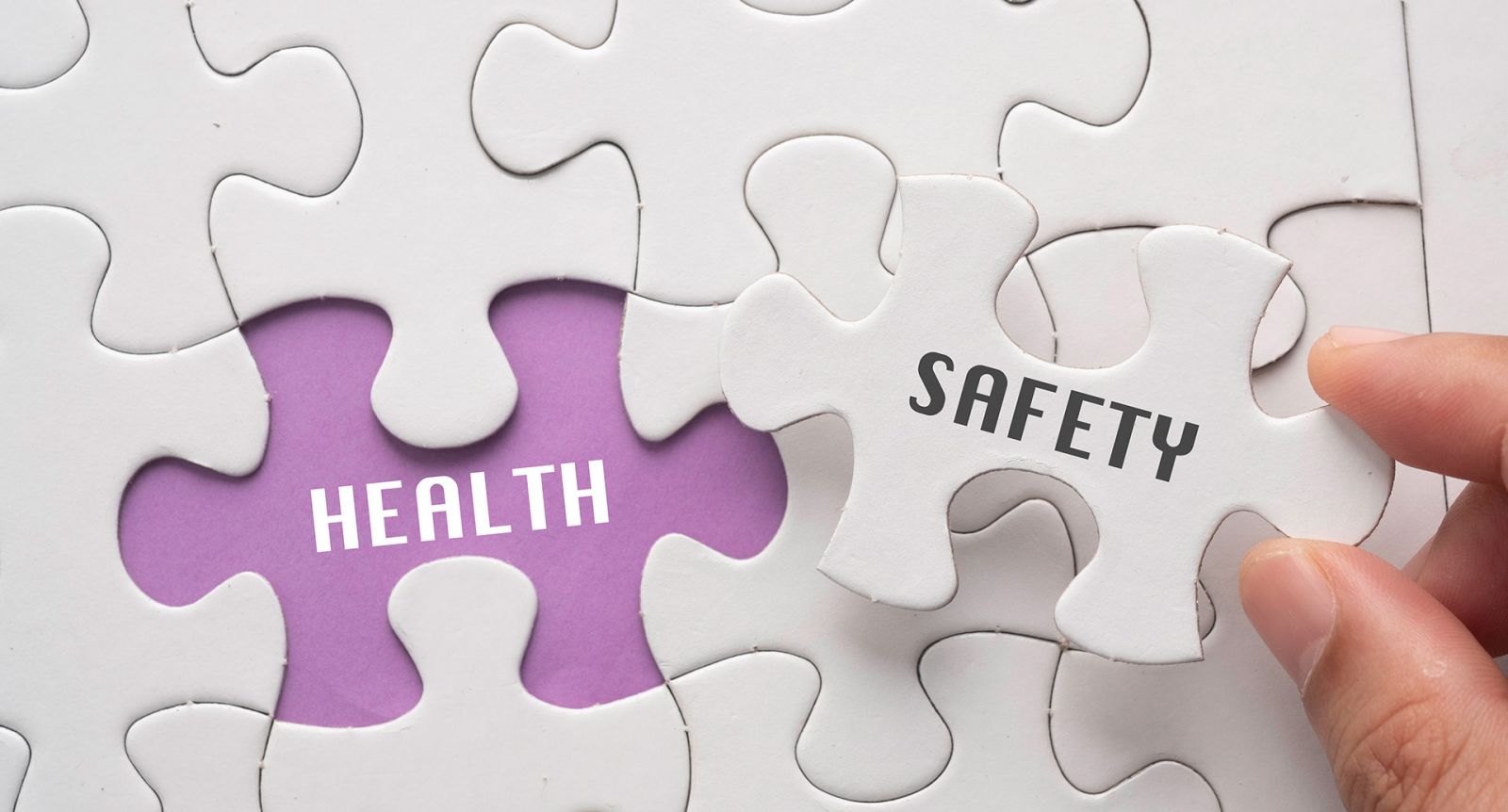Health & Safety
A Health & Safety Plan is essential to ensure the safety of everyone involved in your event. Every Event Application, regardless of size or frequency, must include an Event-Specific Health & Safety Plan that includes, at a minimum:
- A Hazard & Risk Management Plan
- An Emergency Management Plan
- A Site Layout/Map
| What is a Hazard & Risk Management Plan? |
|---|
A Hazard & Risk Management Plan identifies all potential hazards at your event and outlines the measures you will take to minimise risks. Common event-related hazards include:
|
| What is an Emergency Management Plan? |
|---|
An Emergency Management Plan outlines the procedures and resources needed to respond effectively to emergencies during your event. It ensures the safety of attendees, staff, and contractors while minimising disruption. Key elements include:
|
| What is a Site Layout / Map? |
|---|
A Site Layout/Map is a visual representation of your event space, detailing the locations of key facilities and features. It helps event organisers, attendees, and emergency services navigate the site efficiently. A comprehensive site map should include:
|
What Other Information May Be Required for Your Health & Safety Plan?
Depending on the nature of your event, additional documentation may be required to ensure compliance with Health & Safety requirements.
If your event involves work classified by WorkSafe NZ as "Hazardous," such as fireworks or the use of explosives, you must provide documentation specific to these activities.
For high-risk activities such as scaffolding, pyrotechnics, or aerial performances, a Task Analysis must be prepared. This document should outline how the activity will be performed safely and must be created by qualified and competent professionals.
If your event involves contractors or subcontractors, you are required to:
- Maintain a register of their details, including qualifications, competency levels, Site-Specific Safety Plans, and Task Analyses (if applicable).
- Ensure all contractors comply with the site’s Health & Safety requirements and sign a copy of these requirements.
If your event includes personnel such as contractors, exhibitors, or subcontractors, they must be trained, competent, or supervised to carry out their work safely. You must verify any required licences or certifications (e.g., Food Safety or Health certifications).
If your event requires coordination among team members and key personnel, a Communication Plan must be prepared. This plan should specify how safety information will be communicated, including methods such as pre-event briefings, on-site inductions, emails, phone calls, or newsletters.
If your event involves activities with a risk of accidents or near-misses, you must maintain an Accident/Incident Register. This register should document the date, time, description of the incident, actions taken, and any follow-up measures.
If someone is injured or their property is damaged during your event, legal action could be taken against the organising body to recover costs or damages. Public Liability Insurance is designed to protect you by ensuring that, if such claims arise, you have adequate cover to fund any successful claim.
Depending on the expected number of attendees and the activities planned at your event, you may be required to provide proof of Public Liability Insurance:
No Insurance Required | Minimum $1M Coverage Required | Minimum $2M Coverage Required |
|---|---|---|
|
|
|






